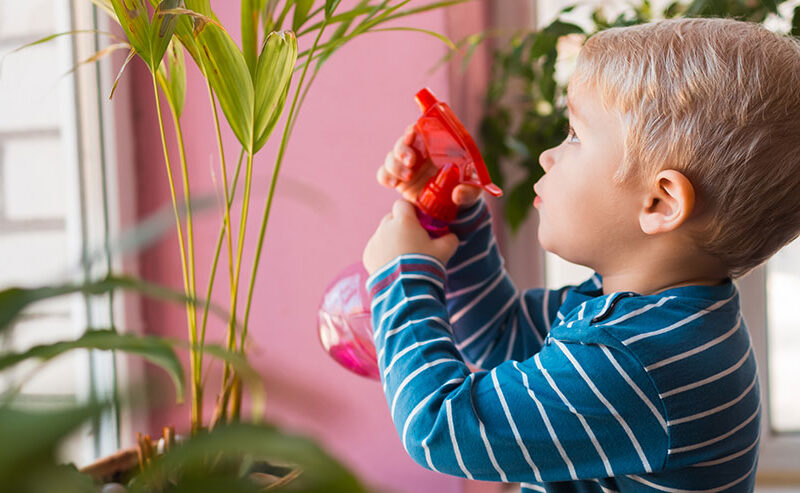
How can I best use media with children on the autism spectrum?
How can I best use media with children on the autism spectrum? https://mediatrics.com/wp-content/uploads/2017/04/MediaAutSpect.png 750 315 Mediatrics Mediatrics https://mediatrics.com/wp-content/uploads/2017/04/MediaAutSpect.pngQ: I’m a Social Worker who works with children ages 7-18 on the autism spectrum. Many of the kids that I work with interpret what they see in TV and movies as representative of real life situations and how people behave – unfortunately, this kind of rigid, literal thinking often leads to problems in their real-life social, academic and work situations. I often use media as a teaching tool for social skills, but any additional advice you can offer me will be most helpful.
~ Reel to Real, Huntington, NY
A: Dear Reel,
All children and adolescents, not just those on the autism spectrum, look to role models as they grow up and find their identity. They emulate (or sometimes rebel against) the behaviors of their parents, peers, and people they admire, like actors, singers, and sports figures they see in media. “Larger than life” media portrayals function as “superpeers” from which children and adolescents learn how to behave in real life. (Recognizing that teenagers frequently figure out how to be teenagers – how to flirt or dance or take risks – from media, I have my graduate students in public health watch teen movies as part of their Adolescent Health course.)
Most young people learn what behaviors work and what others don’t, what is attractive and what is off-putting, by observing the world around them, including as it is portrayed in the media they consume. As they develop their identity, they try to incorporate what they see as positive and avoid the negative, interpreting what they see in a flexible way that allows them to choose how they want to behave and to be seen by others. Because children and youth on the autism spectrum have difficulty interpreting social-emotional signals and what behaviors are responded to in positive ways, they can have problems understanding fictional narratives in movies and TV and misinterpret their corresponding social messages.
My suggestion (which I make for all children, not only those on the autism spectrum) is to view TV, movies, YouTube videos, etc., with the young person and discuss it with her/him. Ask “How would you change the story?” Discuss alternative actions and potential outcomes. Doing this allows them to “try out” different behaviors and think about the likely outcomes from the other person’s perspective, scaffolding their social emotional learning to interact with others more successfully.
For example, watching a TV show where a conflict is resolved through physical force, such as a punch or hit, presents an opportunity to discuss alternative behavioral choices that can lead to non-violent outcomes. To illustrate different approaches and ways of handling situations, take it back to the first interaction that led toward the ultimate violence. Talk about several different ways the main character(s) could have handled the situation so that it didn’t result in physical force. Ask, “What choice would YOU have made?”, and “How would that have changed the situation?” “What other choice could you make and how would that have changed the outcome?” It may be difficult for some of these young people, depending on the nature of their autism, to walk through the different behavioral scenarios, so you may need to demonstrate or lead this exercise this several times. There are interactive games, such as Sims games, where players can create different scenarios and see how they play themselves out.
It is important so that these children are consistently supported, both when they are with you and when they are at home, so working in conjunction with children’s parents or caregivers on this issue is essential. Explain to parents the influential role media play in their child’s life, and suggest that they too, watch/play with and talk about the media that their children are into. Social learning is an ongoing process, and one that is often more difficult for children with autism. As we all have learned from the wonderful book and documentary, Life, Animated, choosing media that helps children navigate social scenarios in positive ways can help with this learning.
Enjoy your media, and use them wisely
~ The Mediatrician®




